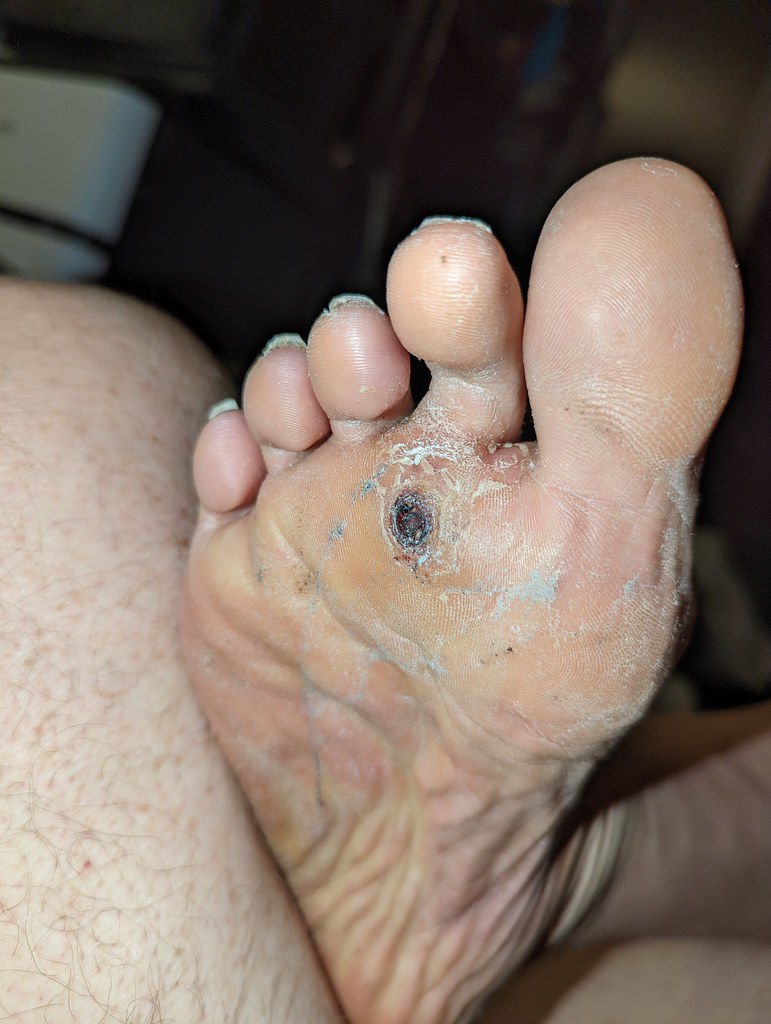Protecting Your Feet: A Guide to Preventing Diabetic Foot Ulcers
Diabetic foot ulcers are a serious complication of diabetes, often leading to infections, tissue death, and even amputation. However, with proper care and attention, you can significantly reduce your risk of developing these ulcers.
In this article, we will explore effective strategies for preventing diabetic foot ulcers, including daily foot inspections, proper footwear, regular podiatric care, blood sugar control, and more.
The Importance of Daily Foot Inspections
One of the most crucial steps in preventing diabetic foot ulcers is to inspect your feet daily. This involves carefully examining your feet for any signs of:
- redness
- swelling
- blisters
- cuts
- or sores.
Pay particular attention to areas:
- between the toes
- on the soles of your feet
- and around the ankles.
- If you notice any abnormalities, consult with your healthcare provider promptly.
The Role of Proper Footwear
Choosing the right footwear is essential for protecting your feet from injury and reducing the risk of ulcers. Here are tips:
- Opt for well-fitting shoes that provide adequate support and cushioning.
- Avoid tight-fitting shoes or shoes with high heels, as these can increase pressure on your feet.
- Consider consulting with a podiatrist to get professional recommendations for suitable footwear.
Get Regular Podiatric Care
Regular visits to a podiatrist are vital for maintaining foot health and preventing complications in people with diabetes. A podiatrist can:
- assess your feet
- identify any potential problems
- and provide appropriate treatment.
- offer guidance on proper foot care, including trimming toenails, treating calluses, and selecting appropriate footwear.
The Significance of Blood Sugar Control
Maintaining well-controlled blood sugar levels is crucial for preventing diabetic foot ulcers. High blood sugar can damage nerves and blood vessels in the feet, increasing the risk of ulceration.
Work closely with your healthcare provider to develop a personalized diabetes management plan that includes regular blood sugar monitoring and appropriate medications.
Avoid Smoking and Alcohol Consumption
Smoking and excessive alcohol consumption can impair blood flow to your feet, increasing the risk of ulcers. If you smoke, quitting is essential for protecting your foot health. Additionally, moderate alcohol consumption is recommended for individuals with diabetes.
Increase Circulation With Regular Exercise
Regular physical activity can help improve blood circulation to your feet and reduce the risk of ulcers. Aim for at least 30 minutes of moderate-intensity exercise most days of the week. Consult with your healthcare provider before starting a new exercise regimen.
Additional Tips for Foot Care
- Moisturize your feet daily: Use a mild moisturizer to keep your skin hydrated and prevent dryness and cracking.
- Avoid extreme temperatures: Protect your feet from extreme heat or cold.
- Trim your toenails carefully: Cut your toenails straight across and avoid cutting them too short.
- Don’t walk barefoot: Always wear shoes or socks to protect your feet from injury.
- Pay attention to foot pain or discomfort: If you experience any pain or discomfort in your feet, don’t ignore it. Seek medical attention promptly.
Conclusion
Preventing diabetic foot ulcers requires a proactive approach that involves daily foot inspections, proper footwear, regular podiatric care, blood sugar control, and healthy lifestyle habits.
By following these guidelines, you can significantly reduce your risk of developing this serious complication and protect your foot health.
If you have diabetes, it is essential to be vigilant about your foot care and seek prompt medical attention if you notice any concerning symptoms.
